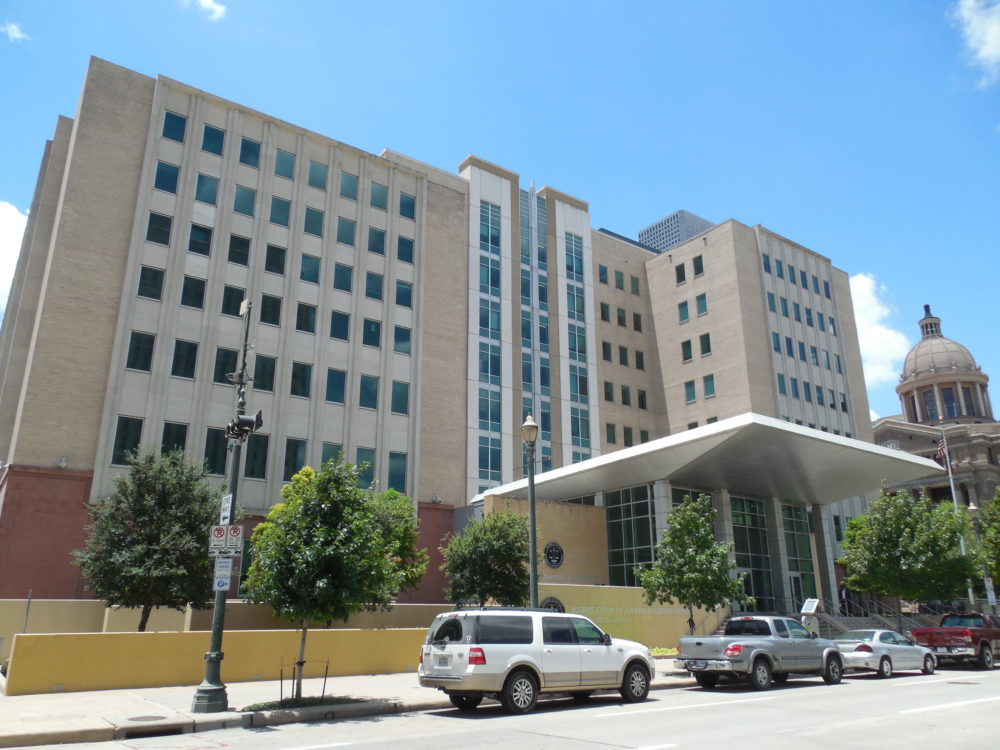Most youth involved in the juvenile justice system between 2010 and 2019 in Harris County, Texas, the nation's third-largest county, had only one such contact. A small fraction, however, of youth with repeated run-ins with law enforcement accounted for the bulk of those who were in pre-trial detention, prosecuted, on probation or in post-conviction incarceration or some other restrictive placement, according to a recent Texas Policy Lab analysis.
The analysis included 42,000 youth who were aged 12 through 16 at the time of that first contact with the system in Harris County, whose largest city is Houston. While the count of felony charges against juveniles rose moderately as the number of contacts increased, the judicial consequences for youth grew more severe over time, the analysts wrote, citing that trend among their key findings.
Other key findings were these:
- First contacts that were felonies were not associated with repeated interaction for boys and only moderately so for girls; though such first-interactions often are used to measure risk of future involvement.
- Contacts originating with law enforcement accounted for 52% of interactions among youth with a single contact and 62% of youth with five or more interactions.
- The respective rate for contacts originating in schools were 43% and 34%.
- Contacts originating with probation agencies accounted for 4% of both groups of juveniles.
- In descending order, felonies, being behind in school and serious felonies accounted for the most juvenile justice system involvement among those with a single contact and those with five or more contacts with that system.
"Overall," these analysts wrote, "these findings point to a need for targeted, early interventions and further, rigorous research to understand how we can better identify youths at risk of entering this cycle. Such interventions could potentially contribute to the reduction of racial disparities in the way the system treats and affects different groups of youths."
